Reforming training content and methods, linking theory with practice, integrating technology, and strengthening connections between schools and media organizations will not only improve the quality of training but also contribute to creating a high-quality workforce capable of competing and adapting in the digital age.
Reporters from the Vietnam News Agency (VNA) have produced two articles on the topic "Journalism Training in the Digital Age," aiming to provide an objective view of journalism training at educational institutions and media organizations today; and to propose solutions for further innovation in journalism training programs.
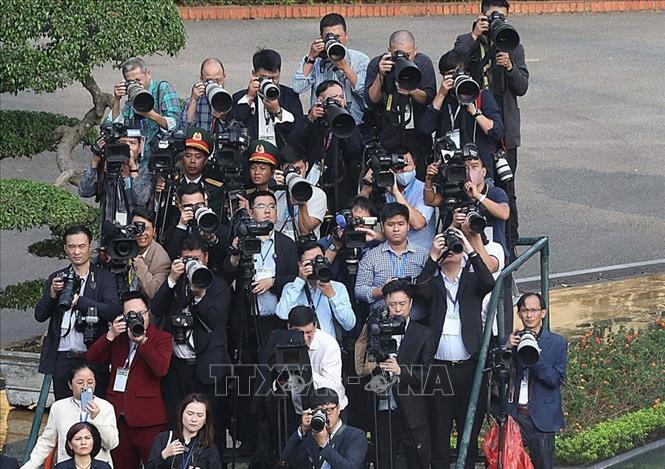
Lesson 1: Connecting training with practical journalistic activities
The Digital Transformation Strategy for Journalism until 2025, with a vision to 2030, approved by the Prime Minister on April 6, 2023, sets the overall goal of building professional, humane, and modern media organizations that fulfill their revolutionary mission, while simultaneously developing the digital content industry. The most important factor in the digital transformation process is people, as they are the key to success. Many journalism training institutions have now made significant changes in their training methods, applying digital transformation to implement a model of "bringing the newsroom to the classroom, linking training with practical journalistic activities."
Adapting to labor demands in the modern context
Summarizing the current state of journalism training, Associate Professor, Dr. Tran Thanh Giang, Deputy Director and Vice Chairman of the School Council of the Academy of Journalism and Communication, stated: Before 1990, journalism training was only conducted at the Central Propaganda School. In 1990, the University of Propaganda (formerly the Central Propaganda School) and the University of Hanoi were established. To date, there are 9 universities and academies nationwide that train journalists, all of which are public institutions: the Academy of Journalism and Communication, the University of Social Sciences and Humanities (Vietnam National University, Hanoi); the University of Social Sciences and Humanities (Vietnam National University, Ho Chi Minh City), Hanoi University of Culture, the University of Science (Hue University), the University of Science (Thai Nguyen University), the Military University of Literature and Arts, the University of Education (Da Nang University), and Vinh University. In addition, there are many private and international affiliated schools that offer training in communication and public relations.
There are four levels of formal education in journalism and communication: college, university, master's, and doctoral degrees. In addition, there are short-term training courses and professional development programs. Enrollment in journalism and communication programs at public educational institutions has steadily increased over the years. At the University of Social Sciences and Humanities ( Hanoi ), the competition ratio for journalism in the 2021-2022 academic year was 1/52, demonstrating the attractiveness and potential of this field in the market. Journalism and communication also have high entrance exam scores among public educational institutions. In the 2023-2024 academic year, based on a 30-point scale, the entrance score for Multimedia Communication at the Academy of Journalism and Communication was 28.68, while the entrance score for journalism at the University of Social Sciences and Humanities (Ho Chi Minh City) was 28.
Associate Professor, Dr. Tran Thanh Giang commented: In general, training institutions focus on innovating the content and curriculum of training programs to meet the practical needs of society and job requirements. The training and professional development framework is built in a scientific and rational manner, focusing on helping learners meet the practical requirements of future journalism and media work. With the framework program, the detailed training programs for key subjects are designed in a modern and systematized direction.
Specifically, the program is designed to strengthen learners' theoretical foundations, practical skills, and professional expertise, while also fostering political, ideological, and ethical character. Training and development methods are adjusted to ensure a systematic foundation of knowledge and meet the need for updating knowledge and skills as required. The organization and management of training and development processes are increasingly rigorous, involving independent evaluation bodies, clear regulations and rules for training and development management; and are professionalized, computerized, convenient, and unified in management. Furthermore, student training and development also aim to develop practical qualities and skills. Students are encouraged to combine learning and research to accumulate fundamental knowledge with participation in extracurricular activities to acquire supplementary skills necessary for their future careers.
The quality of human resources after graduation is affirmed by the employment rate of students from journalism and media training institutions. The employment rate of students in the journalism and media industry is quite high. At the Academy of Journalism and Communication, 70% of students in the journalism and media group find jobs in their trained field, and 80% find jobs in related fields. From 2019 to 2021, the employment rate of students at the University of Science (Hue) reached over 80%. Generations of graduates meet the requirements of political acumen, revolutionary ideals, and fundamental knowledge, while also adapting to the labor needs in the modern context... - Associate Professor, Dr. Tran Thanh Giang affirmed.
The challenge of keeping up with development trends.
However, the reality is that current journalism training programs are struggling to keep pace with the rapid development of multimedia. This highlights the urgent need for a comprehensive and profound reform of journalism training.
Associate Professor, Dr. Tran Thanh Giang argues that one of the biggest limitations of current journalism training programs is the lack of full and effective integration of knowledge and skills related to new technologies in media. Journalism graduates often lack the capacity to process data, produce multimedia content, and interact with the public on digital platforms. Meanwhile, this knowledge and these skills are becoming increasingly necessary given the rapid development of online journalism, social media, and new forms of journalism.
Journalism training programs also face the risk of falling behind due to shifts in public demand and behavior in the information market. In a context where the public is increasingly demanding, requiring concise, visual, and personalized information, providing general, superficial, and shallow knowledge leaves students lacking the ability to adapt, meet diverse and flexible tastes, and interact effectively with the public.
Sharing the same view, Associate Professor, Dr. Dang Thi Thu Huong, Vice Rector of the University of Social Sciences and Humanities, Vietnam National University, Hanoi, also pointed out that the entrance scores of universities vary considerably. While some universities have Journalism majors with consistently high entrance scores, even requiring over 9 points per subject for the C00 combination, some universities have entrance scores among the lowest-scoring majors. In some cases, only 13.5 points across three subjects (the lowest in 15 years since the major was established) is sufficient for admission to Journalism. Perhaps this is one of the reasons why the percentage of graduates working in their field at some universities remains low.
The quality of training is uneven across educational institutions. Many private institutions also offer training in fields closely related to journalism, but their quality has not been verified. Although journalism training is only conducted at public schools, media organizations recruit from diverse and unrestricted sources. While infrastructure has been invested in, it still does not meet the training needs of the journalism field, especially in the context of the rapid transformation of journalism in the digital media landscape. The system of lectures and textbooks is still lacking and rarely updated. There remains a significant gap between the theory taught in classrooms and the dynamic practice of journalism.
To ensure the quality of journalism training, perhaps it is necessary to regulate the minimum entrance requirements, to ensure that candidates meet the minimum academic and test scores and assessments so that they are capable of studying and completing the training program - Associate Professor, Dr. Dang Thi Thu Huong suggested.
Final article: Solving the comprehensive digital transformation workforce problem
Source: https://doanhnghiepvn.vn/cong-nghe/dao-tao-bao-chi-trong-ky-nguyen-so-bai-1-gan-dao-tao-voi-thuc-tien-hoat-dong-bao-chi/20240621011651572




![[Photo] Prime Minister Pham Minh Chinh presides over the conference announcing the establishment of the International Finance Centre in Vietnam.](/_next/image?url=https%3A%2F%2Fvphoto.vietnam.vn%2Fthumb%2F1200x675%2Fvietnam%2Fresource%2FIMAGE%2F2025%2F12%2F21%2F1766309817714_ndo_br_dsc-3400-jpg.webp&w=3840&q=75)

![[Photo] Prime Minister Pham Minh Chinh presides over a meeting on private sector economic development.](/_next/image?url=https%3A%2F%2Fvphoto.vietnam.vn%2Fthumb%2F1200x675%2Fvietnam%2Fresource%2FIMAGE%2F2025%2F12%2F20%2F1766237501876_thiet-ke-chua-co-ten-40-png.webp&w=3840&q=75)











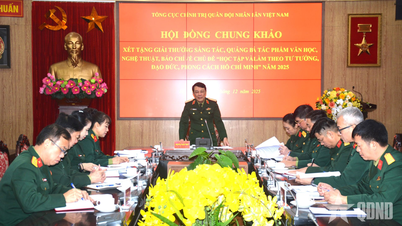





























































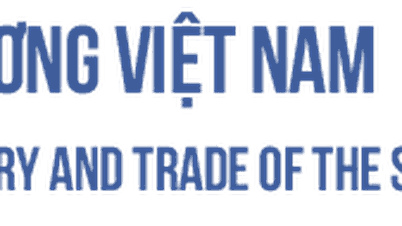






















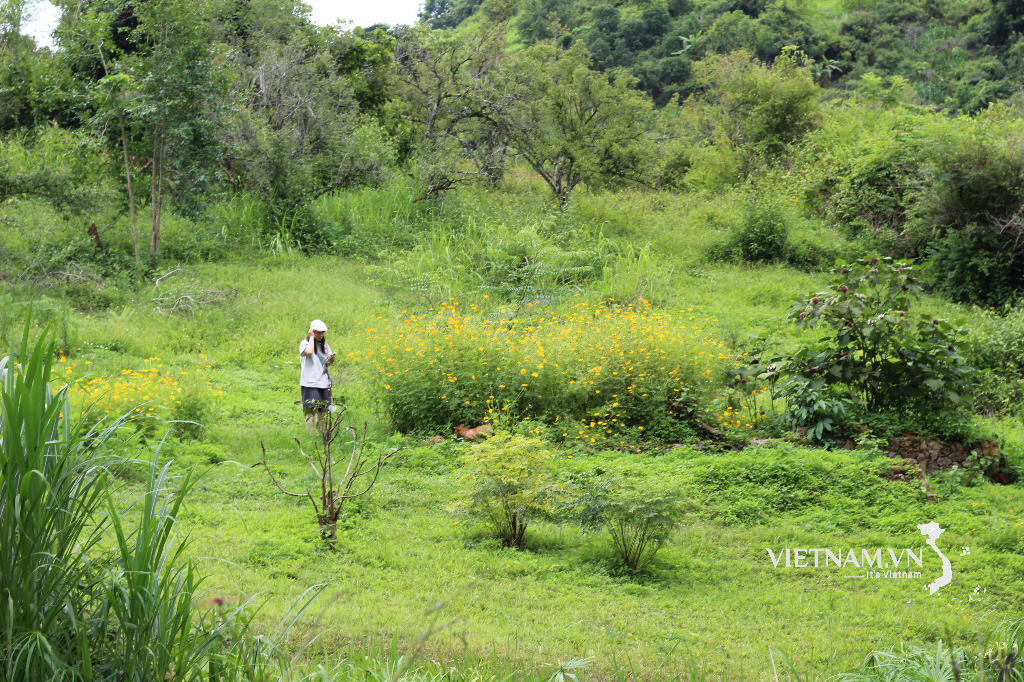

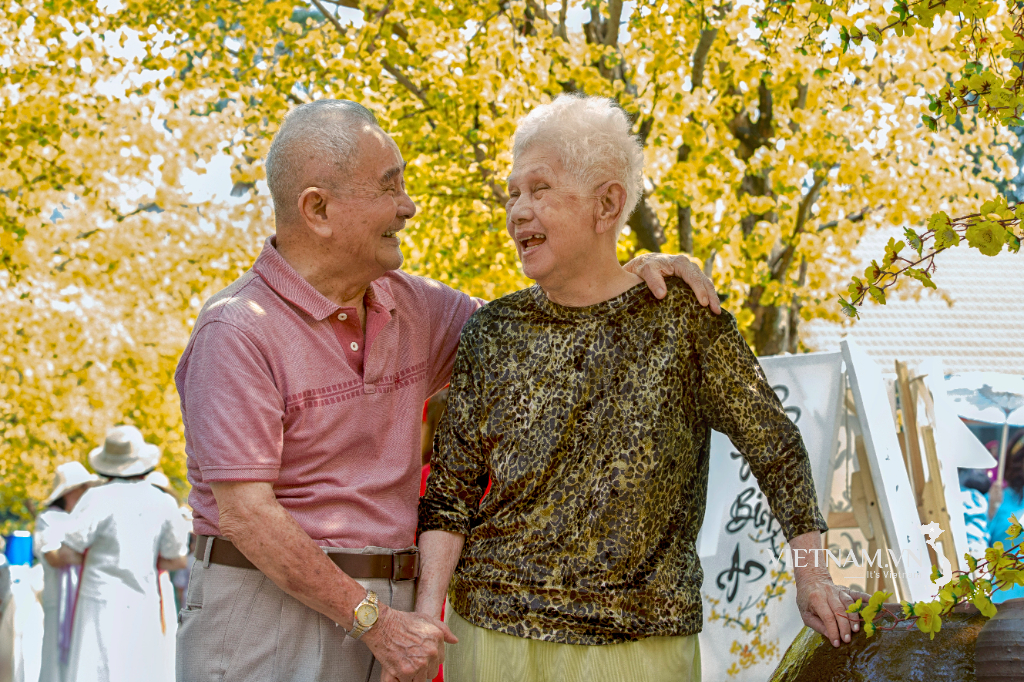

Comment (0)